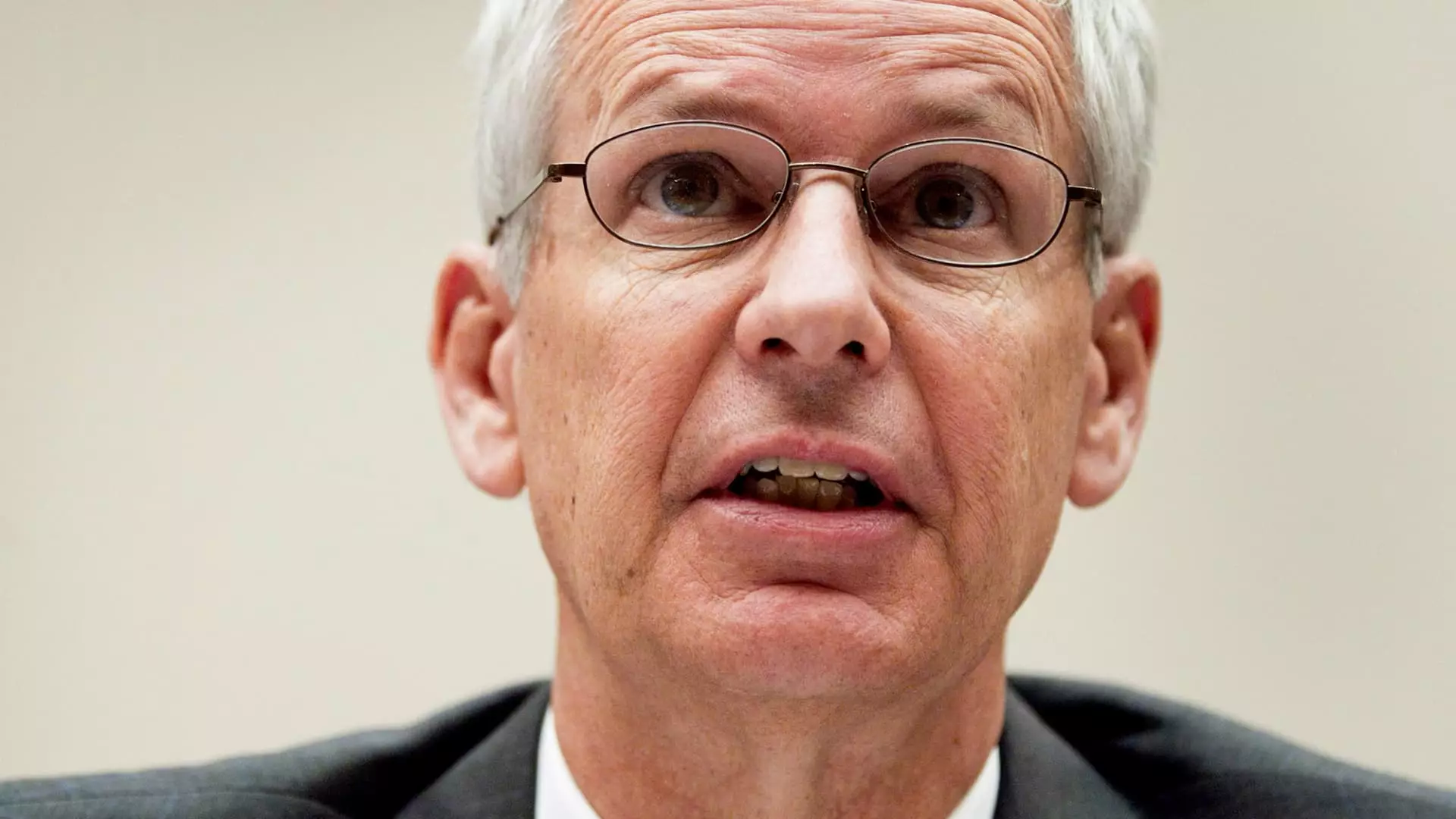Dish Network has embarked upon a strategic quest that many would find evocative of the cultural phenomena it sought to emulate—most notably, the iconic television show “Seinfeld.” Just as the series concluded on a note of ambiguity and disappointment, so too has Dish’s trajectory concluded with an unexpected twist: its sale to DirecTV for a mere dollar, accompanied by an overwhelming debt of $9.75 billion. This narrative serves as a critical lens into not only the challenges that Dish faced but also the broader implications for the pay-TV industry that is grappling with a seismic shift in consumer behavior.
The comparison to “Seinfeld” resonates deeply, as both illustrate a collection of plotlines that ultimately lead to unresolved conclusions. Dish cofounder Charlie Ergen first drew this parallel during an earnings call in 2011, using it as a metaphor for the company’s mixed bag of assets and future direction. His assertion that everything might coalesce in the end evokes a sense of optimism that proved to be misplaced. Instead of a clever denouement, Dish’s fate unfolded similarly to its televised counterpart—filled with potential yet ultimately disappointing to its loyal viewers, or in this case, subscribers.
The pay-TV model has been in decline, with a staggering 63% loss of subscribers for Dish and DirecTV combined since 2016. Amid the rise of streaming platforms and cheaper internet alternatives, traditional cable services can no longer rely solely on their established business models. Caller waits have grown long in the wake of dissatisfied consumers opting to ‘cut the cord’ for more agile, user-friendly services. EchoStar CEO Hamid Akhavan voiced a grim acknowledgment of this industry-wide transformation, reflecting a collective sentiment that the content-distribution sphere is no longer viable in its previous form.
Dish’s aspirations to transition into a nationwide wireless carrier have proven to be ambitious but ultimately misguided. Acquiring Boost Mobile for $1.4 billion seemed promising initially, presenting a chance to build a hybrid model that combined pay-TV with mobile service. However, achieving this integration became increasingly complicated without strategic partners capable of providing the necessary capital. The result was a diluted focus and a struggle to maintain its core pay-TV operations, which began to falter amid a landscape filled with competitive heavyweights such as AT&T, Verizon, and T-Mobile.
The company’s financial health has similarly deteriorated, with EchoStar’s market capitalization dwindling from $68 billion during a potential merger discussion with DirecTV in 2014, down to an almost negligible value in a span of less than a decade. The sale for $1 captures the sheer extent of Dish’s decline. EchoStar’s motivation to divest the company likely stems from an impending $2 billion debt obligation this November—a dire necessity rather than a strategic move reflecting confidence in Dish’s evolution.
The Leadership’s Vision Unraveled
For years, Ergen utilized metaphorical imagery to discuss Dish’s future, openly expressing a multitude of potential pathways. However, the metaphorical handling of ‘multiple directions’ soon morphed into distraction, convoluting efforts rather than propelling them forward. As a company that once heralded innovation within the satellite realm, it seems Dish ultimately succumbed to an identity crisis. The management’s focus splintered into multiple, competing objectives—a sure path toward confusion and decline.
The disappointment surrounding Dish’s closing chapter should resonate beyond its boardroom; it must serve as a cautionary tale for the pay-TV sector as a whole. As consumer preferences continue to evolve, complacency and miscalculated strategies will yield disillusionment similar to the finale of “Seinfeld.” The pay-TV industry must recognize the shifting dynamics swiftly and adapt rather than cling to models rendered obsolete. Ultimately, Dish’s tale should echo as a warning: in a landscape of rapid change, the failure to innovate, adapt, and focus will lead any viewer, or customer, to switch channels for good.

